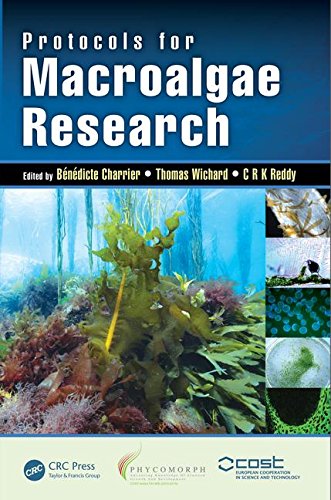

Most ebook files are in PDF format, so you can easily read them using various software such as Foxit Reader or directly on the Google Chrome browser.
Some ebook files are released by publishers in other formats such as .awz, .mobi, .epub, .fb2, etc. You may need to install specific software to read these formats on mobile/PC, such as Calibre.
Please read the tutorial at this link: https://ebookbell.com/faq
We offer FREE conversion to the popular formats you request; however, this may take some time. Therefore, right after payment, please email us, and we will try to provide the service as quickly as possible.
For some exceptional file formats or broken links (if any), please refrain from opening any disputes. Instead, email us first, and we will try to assist within a maximum of 6 hours.
EbookBell Team

5.0
40 reviewsProtocols for Macroalgae Research describes state-of-the-art approaches and applications in seaweed research. The book is comprised of 31 protocols in all and provides critical information regarding the cultivation and preservation of seaweeds, their chemical composition, as well as their cellular and molecular characterization. This type of research is critical and timely, as the last few decades have witnessed remarkable advancements in phycological research worldwide. Consideration of algal resources for food, fuel, chemicals, feed, and fertilizer has furthered the development of diverse laboratory techniques that not only advance their utilization substantially, but also provided new insights in understanding the molecular basis of their form and function. This recent progress has enabled researchers to determine and quantify various metabolites and organic macromolecules such as carbohydrates, proteins, and lipids.
Protocols for Macroalgae Research thus uses macroalgae as a model organism for addressing fundamental research problems. No recent comprehensive literature of this format exists on this topic. As such, this state-of-the-art protocol text both develops and standardizes the various macroalgae approaches located within the field. It does so by featuring a wide-range of protocols from invited experts; each protocol features a brief introductory overview, an inventory of materials and reagents, and step-by-step experimental procedures, which include helpful notes offering care and cautions. This protocol book is an invaluable reference for beginning and preexisting researchers within the field of macroalgae.